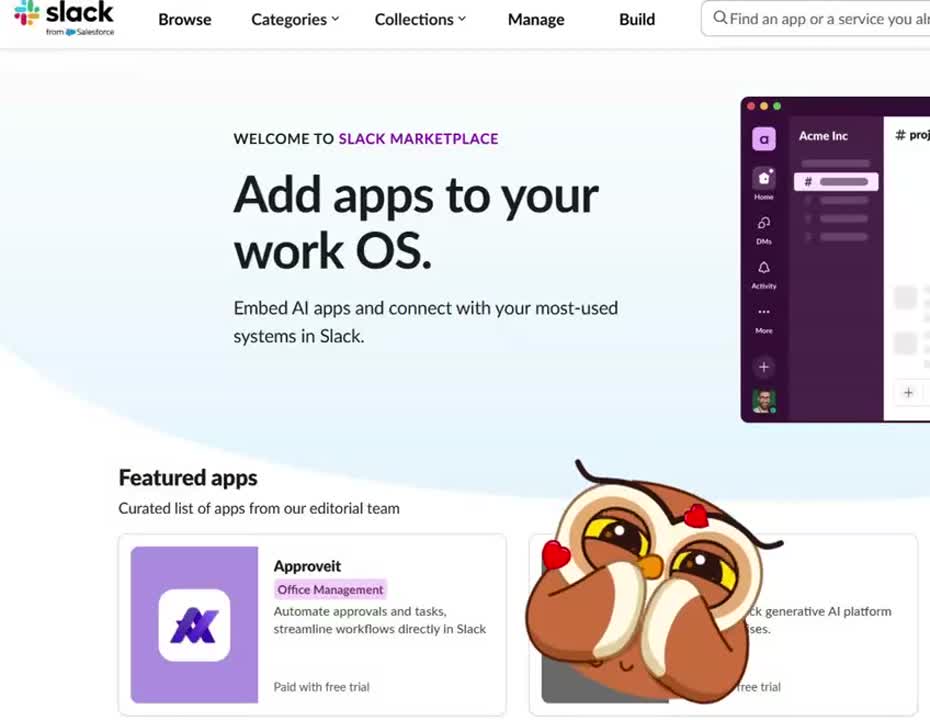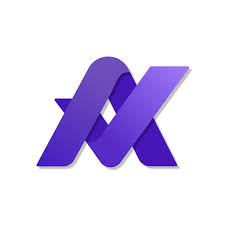
The Future of Business: Procurement Automation
In today’s fast-paced business environment, organizations are under constant pressure to improve efficiency and reduce operational costs. One area that has seen significant evolution in recent years is procurement. Through procurement automation https://approveit.today/procurement-automation, businesses are leveraging technology to streamline their procurement processes, ensuring that they not only meet their goals but also stay competitive in an ever-changing market.
What is Procurement Automation?
Procurement automation refers to the use of technology to automate various procurement processes, from sourcing and purchasing to invoicing and payment. By digitizing these functions, organizations can reduce manual tasks, minimize errors, and improve overall efficiency. Procurement automation tools often include eProcurement systems, contract management software, and Supplier Relationship Management (SRM) systems, among others.
Why Automate Procurement?
There are several compelling reasons why businesses should consider automating their procurement processes. Here are a few key benefits:
- Cost Savings: One of the primary motivators for procurement automation is the potential for significant cost savings. By reducing manual processes, businesses can lower administrative costs, minimize errors, and negotiate better contracts with suppliers.
- Improved Efficiency: Automation can streamline procurement tasks, allowing employees to focus on strategic activities rather than repetitive administrative work. This not only increases productivity but also contributes to higher job satisfaction among staff.
- Enhanced Compliance: Automating procurement processes helps ensure compliance with internal policies and external regulations. Automated systems can provide audit trails and support adherence to procurement policies, helping to mitigate risks.
- Data-Driven Decisions: By automating procurement, organizations can collect valuable data that can be analyzed for insights. This data can inform better purchasing decisions, supplier assessments, and overall procurement strategies.
Key Features of Procurement Automation Tools
When considering procurement automation, it’s important to know which features to look for in a suitable tool. Here are some essential features:

- E-Procurement Capabilities: The software should allow for electronic sourcing, ordering, and invoice processing, making it easy for businesses to manage procurement tasks online.
- Supplier Management: Effective procurement automation tools should offer functionalities for managing supplier information, performance evaluations, and risk assessments.
- Contract Management: The ability to create, store, and manage contracts digitally is critical for procurement efficiency and compliance.
- Analytics and Reporting: Advanced analytics tools provide insights into spending patterns, supplier performance, and opportunities for savings, enabling informed decision-making.
- Integration: The ability to integrate with existing enterprise systems, such as ERP and finance software, is essential for seamless data sharing and process flow.
Implementing Procurement Automation
Successful implementation of procurement automation requires careful planning and execution. Here are some steps organizations can take:
- Assess Current Processes: Begin by evaluating your current procurement processes to identify pain points, inefficiencies, and opportunities for automation.
- Set Clear Goals: Define what you hope to achieve through automation, such as cost reduction, time savings, or improved compliance.
- Choose the Right Tool: Research and select a procurement automation tool that aligns with your organizational needs and goals.
- Involve Stakeholders: Gather input from stakeholders across the organization, including procurement personnel, finance teams, and IT, to ensure buy-in and facilitate a smooth transition.
- Train Employees: Provide training and resources to help employees adapt to the new system and understand its capabilities.
- Continuous Evaluation: Regularly assess the effectiveness of the automation tool and adjust processes as necessary to ensure ongoing success.
Challenges of Procurement Automation
While automation offers numerous benefits, businesses may face challenges during implementation. These can include resistance to change from employees, technical integration issues, and the need for effective data management. Addressing these challenges proactively through communication, training, and support can pave the way for a smoother transition.
The Future of Procurement Automation
As technology continues to evolve, the future of procurement automation looks promising. Innovations in artificial intelligence (AI), machine learning (ML), and blockchain technology are set to redefine procurement practices. AI can enhance data analytics capabilities, enabling predictive insights, while blockchain can offer increased transparency and security in transactions.
In conclusion, procurement automation is not merely a trend but a fundamental shift in how organizations manage their procurement processes. By adopting automation, businesses can achieve greater efficiency, cost savings, and data-driven decision-making. As we move forward, embracing these advancements will be essential for staying competitive in the modern marketplace.
